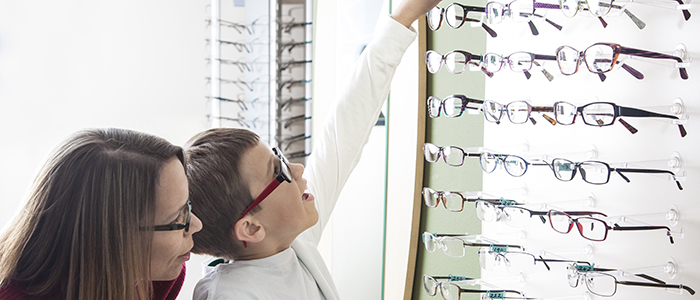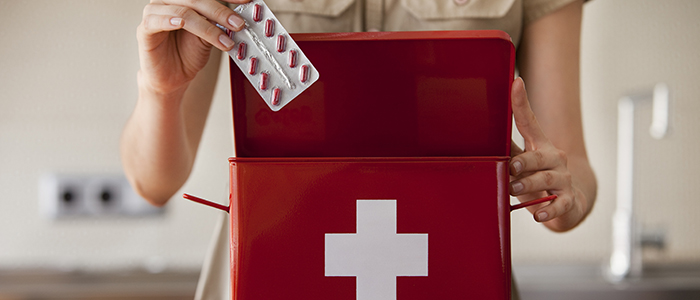Fall/Winter 2016
Pro tips for spending down your FSA
Back when you made your benefits choices for 2016, you may have sent money from your paycheck into a pre-tax Flexible Spending Account to pay for out-of-pocket health expenses.

Because FSA contributions aren’t taxed, they help you save money on health, dental and vision care costs that aren’t always covered by insurance. These accounts can hold up to $2,550 a year that you can use for some over-the-counter expenses as well as for copays, co-insurance and deductibles.
Great news, right? Yes … but FSA’s operate under the "use it or lose it” principle. If you don’t empty your account by Jan. 1, you may no longer be able to access the money. Some employers set up a grace period; others let you carry up to $500 over from one plan year to the next. It’s best to check with your FSA administrator to see if either of these situations apply to you. If you don’t know who your administrator is, ask your HR department
Ideally, you planned your FSA contribution just right and you’ve already used up most of your money.
"We always recommend you start conservatively,” says Lauren Young, an account executive for an Oregon company that helps employers administer FSAs and other benefits. She suggests using your health plan claims forms from the previous year to estimate what you’ll spend in the coming year.

What can your FSA money buy?
If you accidentally ended up with a surplus in your FSA, don’t panic. There are lots of ways you and your family can spend the money wisely.
"Glasses are an easy one,” Young says. An eye exam, new frames and lenses are eligible expenses, and they can cost hundreds of dollars. This also could be a good time to update your scratched old sunglasses, Young says, because prescription shades are covered with a doctor’s note or current prescription.
Beyond that, she suggests anyone with remaining flex money check out FSAstore.com, a website that caters to people looking to spend their FSA money.
You may be surprised by how many household items can be purchased with FSA money, including first-aid supplies, sunscreen, contact lens solution, heating/cooling packs and other everyday needs. Some items require more documentation than others, so the site labels everything to let buyers know what needs a prescription or doctor’s note for reimbursement.
If you’re shopping somewhere else, do a little research in advance, Young suggests. Every year the IRS publishes a list of eligible medical expenses. It’s not easy reading, but if you know what you want to buy, you can use the "find” function on your computer to jump to the relevant item.

More pro tips for FSA spending
-
Pay with plastic. You may be able to request a debit card loaded with FSA money that you can use for eligible supplies at your doctor’s office or a qualified merchant, including many grocery stores, pharmacies and discount stores. "It’s a more convenient option,” Young notes. "The money is available up front. For people with heavy medical expenses, that’s a big deal.”
-
Buy within reason. "You couldn’t spend your last $500 on Band-Aids,” Young says, because the IRS places limits on the quantity you can purchase. But if you’re buying a few items to stock your medicine cabinet, you’re likely in the clear.
-
Keep good records. If your FSA administrator requires documents to support a claim, Young says the best bet is to provide the Explanation of Benefits (EOB) from your health plan. "A doctor’s receipt doesn’t always cover it,” she says, while the EOB includes all of the criteria the IRS uses to make sure a claim meets the rules.
Smart spending: Visit your FSA administrator's website or contact your payroll/benefits team to learn more about your pre-tax benefits options, including FSAs and dependent care accounts.
Previous story
How to put holiday stress behind you for good!
Copyright © 2026 Moda Partners, Inc. All rights reserved.

